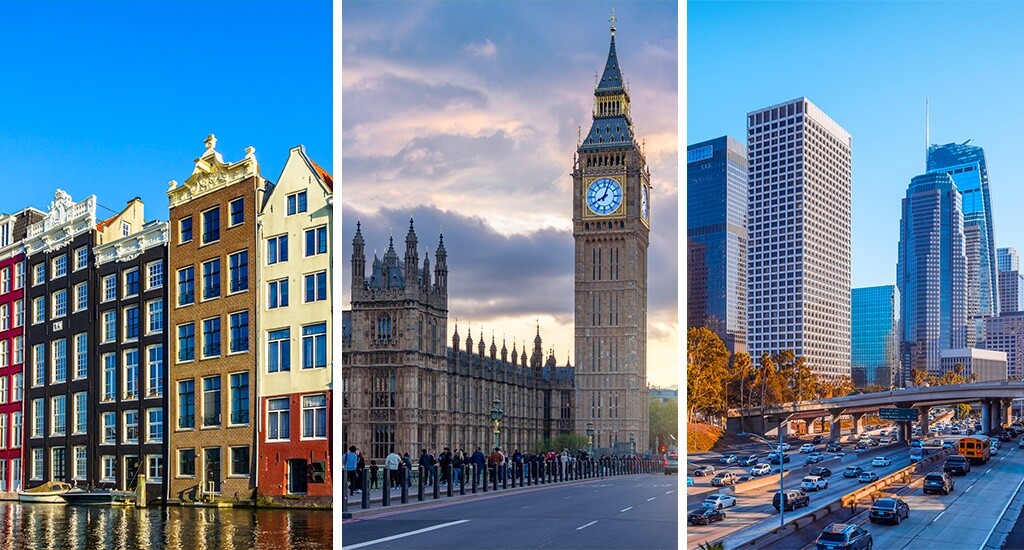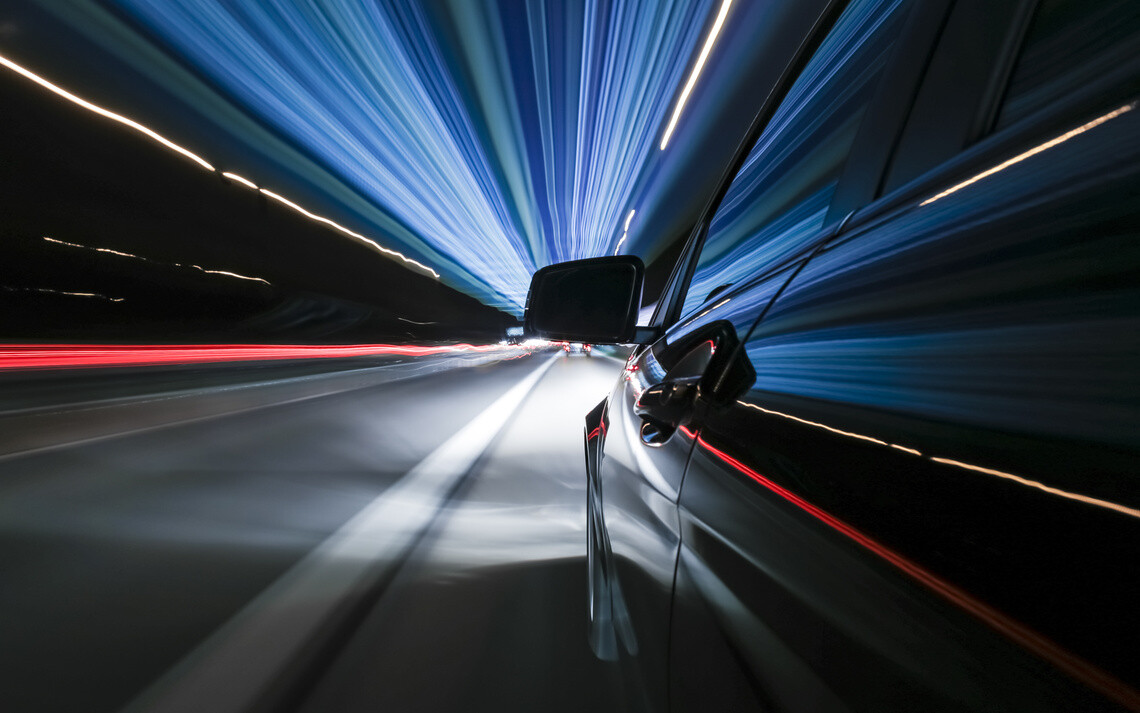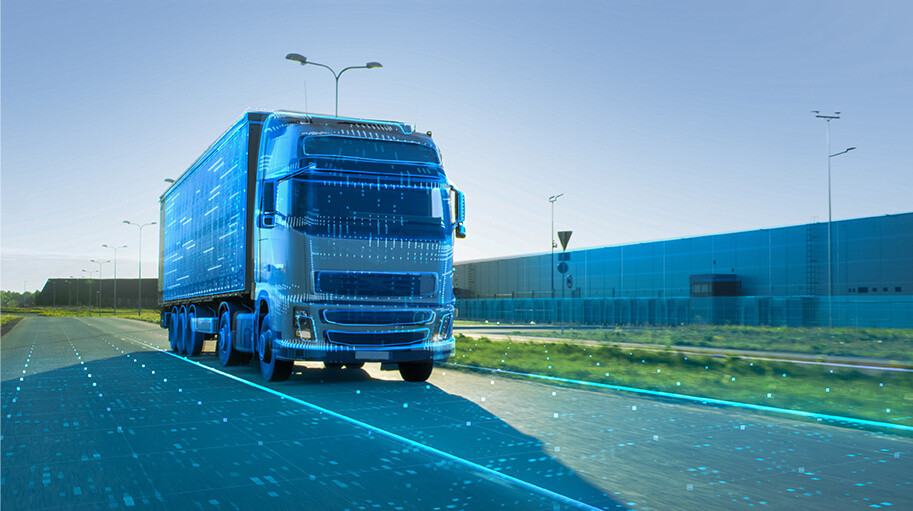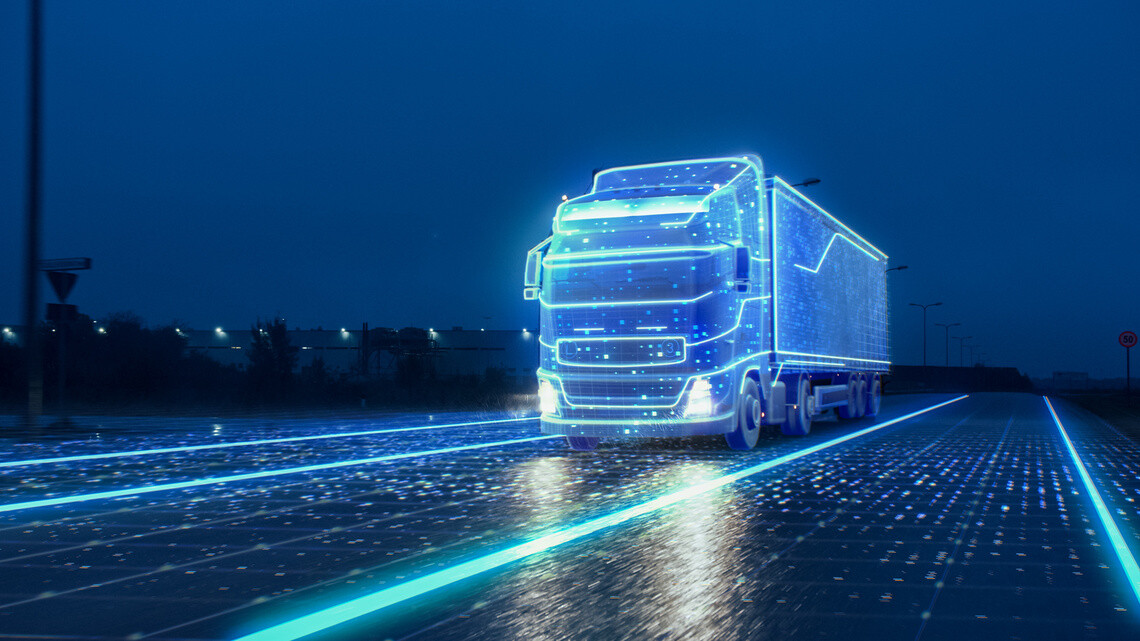
the zero emissions lowdown: trucks in the future
From public health and the climate emergency to overall quality of life, municipalities around the world are bypassing national governments and taking the initiative to reduce carbon emissions and improve city dwelling. Low Emission Zones (LEZ) are one measure that is well on its way to being standard in hundreds of cities around the world – and Zero Emissions Zones (ZEZ) are not far behind. As fleet managers, it’s important to keep up on the changes in the markets you serve. Especially when the most up-to-date information can help you prepare your trucks for the future. Meeting customer expectations for sustainability is also becoming a key driver for innovation.
Urban issues and challenges for truck driving in the future
It’s safe to say that up until 2050, cities will be focused on three main and inter-related issues: health, their economy and the environment. At the moment, it’s tricky trying to reconcile all three. Sales on the internet have continued to be strong following Covid lockdowns. That’s great for business, but the increase in deliveries puts more vehicles on the road, creating more traffic jams – which in turn is not so great for business. The additional traffic also augments air pollution and CO2 emissions, neither of which are good for public health nor the environment. This also affects customers, who increasingly expect cleaner and more efficient delivery services.
The result is that both urban inhabitants and municipal leaders are asking themselves how everyone can share the limited space they live and work in.

urban issues and challenges: how logistics integrates into public spaces
people crowd walking on busy street on daytime
Currently, about 56% of the world’s population live in cities.
By 2050, this will be close to 70% 1 .
Challenges may be the same, cities are not
By their very locations and culture, cities differ enormously. The same problems don’t generate the same priorities. Budgets to deal with the issues vary widely. In response to their specific issues, cities choose to inspire innovation to protect their inhabitants and serve their businesses. To stay in step with changes, fleet managers must not only remain up to date on the latest innovations in sustainable road transport, they must also remain agile to keep their trucks future-proofed.
Zero emission mobility: the future for trucks is on our doorstep
One of the most prevalent actions in municipalities, which has the biggest impact on trucks in the future, is the implementation of urban access regulations such as Low Emission Zones (LEZ), with Zero Emission Zones (ZEZ) just around the corner. Sweden was the first to introduce low emission zones in 1996. A few years later, London rapidly became associated with its congestion charge upon entering a specific perimeter. In Europe, there are now hundreds of cities that have legislated their own LEZs, directly impacting how transport planners organise and truck drivers execute urban deliveries.
How Low Emission Zones work
All Low Emission Zones (LEZ) tend to function in roughly the same way. An LEZ is defined within certain boundaries around the city centre. Trucks and other delivery vehicles can travel through the zone only if they meet certain truck emissions regulations, such as Euro 6 standards (or Euro 4, for vans)2. In most cases, the LEZ applies 24 hours a day, 365 days a year. Most of the time, fines are levied if a vehicle doesn’t comply. Occasionally, as in Stockholm, non-compliant vehicles simply won’t be able to pass.
LEZs are also now starting to transition to Zero Emission Zones. For zero emissions, only battery-powered and fuel cell delivery vehicles will be allowed, and natural gas or plug-in hybrid vans that meet Euro 6 standards.
Cities pioneering truck emission regulations
These different truck emission regulations (and those for other types of vehicles) create an emission reduction zone whose advantages include calming urban traffic and noise, and improving quality of life for all urban users. Municipalities are aware of the challenges businesses face, and many provide support. Below are some examples of how cities impact trucks of the future.
In Stockholm, the Swedish Energy Agency pays the difference3
To help companies, municipalities and regions transition to zero emission mobility, the Swedish Energy Agency offers a ‘climate premium’ for the purchase of a light electric truck (3.5 tonnes max). The premium covers the cost difference between a light electric truck and the nearest comparable vehicle, capped at a certain level. Fleet managers are thus given an extra boost to reduce their environmental impact and shift their trucks to the alternative fuels of tomorrow.

Low Emission Zone featuring zero-emission future vehicles contributing to urban decarbonization
Amsterdam’s proactive ban on diesel trucks
Whereas the European Union is planning on banning the sale of diesel trucks in 2040, Amsterdam is closing its city centre to them, as well as to coaches. In 2025, the city centre Low Emission Zone (LEZ) will expand to include the whole city. The centre will become a Zero Emission Zone (ZEZ) for all delivery and goods vehicles, coaches and buses, among others. By 2030, the entire city is expected to become a ZEZ.4
London’s Emission Zone as a model for other urban centres
London first implemented its congestion charge in 2003 to reduce congestion and improve air quality in the city centre. The first Low Emission Zone (LEZ) followed in 2008. It evolved out of another charging scheme designed to target commercial vehicles specifically, those responsible for the greatest proportion of London’s road emissions. Regulations were toughened in step with new Euro standards and to tackle their principal urban issues and challenges. The Ultra Low Emission Zone (ULEZ) was first introduced in April 2019, covering the same area as the congestion charge. Since August 2023, the ULEZ applies to almost all of Greater London. It is estimated that NOx concentrations, which are mainly formed during the combustion of fossil fuels, have decreased by between 20% and 44% depending on the location in the city.5
Los Angeles Port Authority’s Clean Truck Program pays for itself
Established in 2008, the Clean Truck Program was an early and voluntary action in answer to State law concerning air pollution. All drayage trucks that visit Port of Los Angeles and Port of Long Beach terminals must comply with the Port’s Clean Air Action Plan. The objective is that the entire truck fleet will be zero emission by 2035. While air pollution from harbour trucks has decreased by 90% since 2008, the Port went further and launched the Clean Truck Fund in 2022. All trucks that aren’t zero emission must pay $10 to access terminals. Currently, all funds collected are used to acquire new zero emission trucks.6
Electrifying public transportation in Santiago
Chile’s capital wrestles with major air quality issues. The city decided in 2017 to electrify their public transportation. The original objective was to have 25% of the bus fleet electric by 2025. They had already reached 30% of 7,000 buses in 2023. Full electrification has been moved up five years to 2035 for the city with the largest bus fleet in the world outside China.7
The rise of hydrogen trucks: a trend worth watching
Alongside electric trucks, hydrogen-powered trucks offer a promising alternative for long-haul transport, thanks to their extended range and faster refueling times.
Innovative initiatives tackling challenges around urban traffic
Other actions also exist to ease the demands placed on city working and living populations. From noise limits to modular trucking and urban distribution centres, there is no lack of motivation.
Piek Noise certification
Originally launched in the Netherlands, where ‘piek’ is the Dutch word for ‘peak’, Piek noise certification awards a numbered sticker to a vehicle after it has passed a sound measurement test. For trucks, maximum sound is limited to 72 dBA while driving, 67 dBA for cab doors closing and compressed air noise, and 62 dBA for signals alerting to driving in reverse and blind spots. When one truck is certified, fleet owners can automatically get stickers for the same model in the rest of their fleet. National Piek organisations currently exist in the UK, France, Belgium and Germany. In the Netherlands, retailers and shops are responsible for noise management, so they hold trucks accountable as well. Michelin contributes to reducing noise with tyres certified as low noise. As battery-powered vehicles increase in number, this detail will become all the more important8.
American megaregions
The United States plans are at the “megaregion” level. Megaregions tend to form organically, as several metropolitan economies and their natural resource systems and infrastructure are linked through their location and specialisation. Organising a megaregion’s systems therefore requires collaboration outside of physical and ideological borders. The collaborative approach strengthens efforts to mitigate global warming, leads to better natural resource management and improves economic competitiveness, leading to greater equity at local, regional and national levels.9
One example is the Regional Greenhouse Gas Initiative. 12 states are now working together to reduce greenhouse gas emissions through energy efficiency, renewable energy and other programmes. This includes helping local businesses and municipalities to finance electric trucks.10
What does this mean for cities and trucks in 2050?
The future is clear: internal combustion engines are transitioning to zero emission trucks. Whether upgrading an existing fleet or acquiring a new truck, the shift to zero emissions is inevitable. Autonomous trucks will also develop, accompanied by changes in regulations, autonomous lanes and cultural acceptance. It seems likely that last-mile delivery will still be performed by transport industry professionals, thanks to the agility required – and provided. As for fleet management, business models will probably shift from integrating the skills and resources they need to aggregate out through collaboration and partnerships.
Trucks in the future: how to prepare your fleet starting now
All of the above may seem like a lot to take on but fear not. We’re all adapting to these urban challenges at the same time. Whether your company is just starting out or scaling up, transitioning to an electric fleet is now essential. Are you ready? Are you ready to start transitioning to an electric fleet? Our latest white paper has you covered! Inside you will find expert insights on the electric vehicle market and the exact impact on fleets. Uncover the dynamics of zero emission vehicles, understand how they support your company’s sustainability objectives and improve your total cost of ownership (TCO), and most importantly learn why high-performance tyres are non-negotiable for electric trucks and buses. These improvements also contribute to better service quality for customers, who benefit from quieter, cleaner and more reliable deliveries.
Additional resources to help you cruise through these evolving markets.
1. Understand how you’re connected to your delivery ecosystem. What role do you play in cities, among suppliers, with your partners and colleagues? What opportunities and threats do you see in your activity? How can you make the changes work for your company?
2.Keep an eye on Urban Access Regulations in Europe to identify which locations have the most demanding restrictions. If you can meet them, you should be able to drive everywhere. Cities update their requirements regularly, however, so be sure to stay up to date. You can also visit city websites for their truck access regulations.
3. Find out what programmes exist to help you transition. Similar to the Swedish Energy Agency, other regions and governments may offer support in acquiring zero emissions vehicles. In France, Michelin’s Watea programme also helps small business owners make the change.
4. Follow local, national and international organisations for news. Visit sites like the International Transport Forum, the World Road Transport Organisation, Eurocities, and local road transport trade bodies, federations and environmental institutions. Sign up for newsletters to get the latest information.
FAQs
The future of trucks is electric, connected, and increasingly urban-friendly. By 2030, electric trucks are expected to represent nearly 30% of the European fleet, with battery electric vehicles (BEVs) dominating this shift. Cities are pushing for zero-emission mobility, and regulations are accelerating the transition.
Trucking won’t be entirely replaced, but rather redefined through the integration of cleaner, smarter transport modes. In urban areas, multi-modal logistics and last-mile delivery solutions (including electric vans, cargo bikes, and autonomous trucks) will complement traditional trucking. For long-haul freight, hydrogen fuel cell trucks and electric heavy-duty vehicles will increasingly take over from diesel-powered fleets.
Trucks of the future will be sleek, silent, and smart. Expect designs optimized for aerodynamics, battery storage, and urban maneuverability. Many will feature automated transmissions, advanced driver assistance systems (ADAS), and real-time connectivity for fleet management. And perhaps one day, autonomous trucks will become the norm!
2. European Council
3. Euro Cities
https://eurocities.eu/latest/stockholm-has-a-new-tough-plan-to-ban-polluting-vehicles/
4. Amsterdam.NL
https://www.amsterdam.nl/en/traffic-transport/low-emission-zone/
5. GOV.UK
https://www.amsterdam.nl/en/traffic-transport/low-emission-zone/
6. Port of Los Angeles
https://www.portoflosangeles.org/environment/air-quality/clean-truck-program
7. Gob.CL
https://www.gob.cl/en/news/chile-is-now-home-to-the-second-largest-electric-bus-fleet-in-the-world/
8. PIEK
https://www.piek-international.com/english/certificate/?page=certify%5Fproducts
9. Lincoln Institute of Land Policy
https://www.lincolninst.edu/app/uploads/2024/04/promise-of-megaregions-lla22106.pdf
10. Regional Greenhouse Initiative
https://www.rggi.org/sites/default/files/Uploads/Proceeds/RGGI_Proceeds_Report_2022.pdf

gettyimages 930571046
car going fast on a road by night








